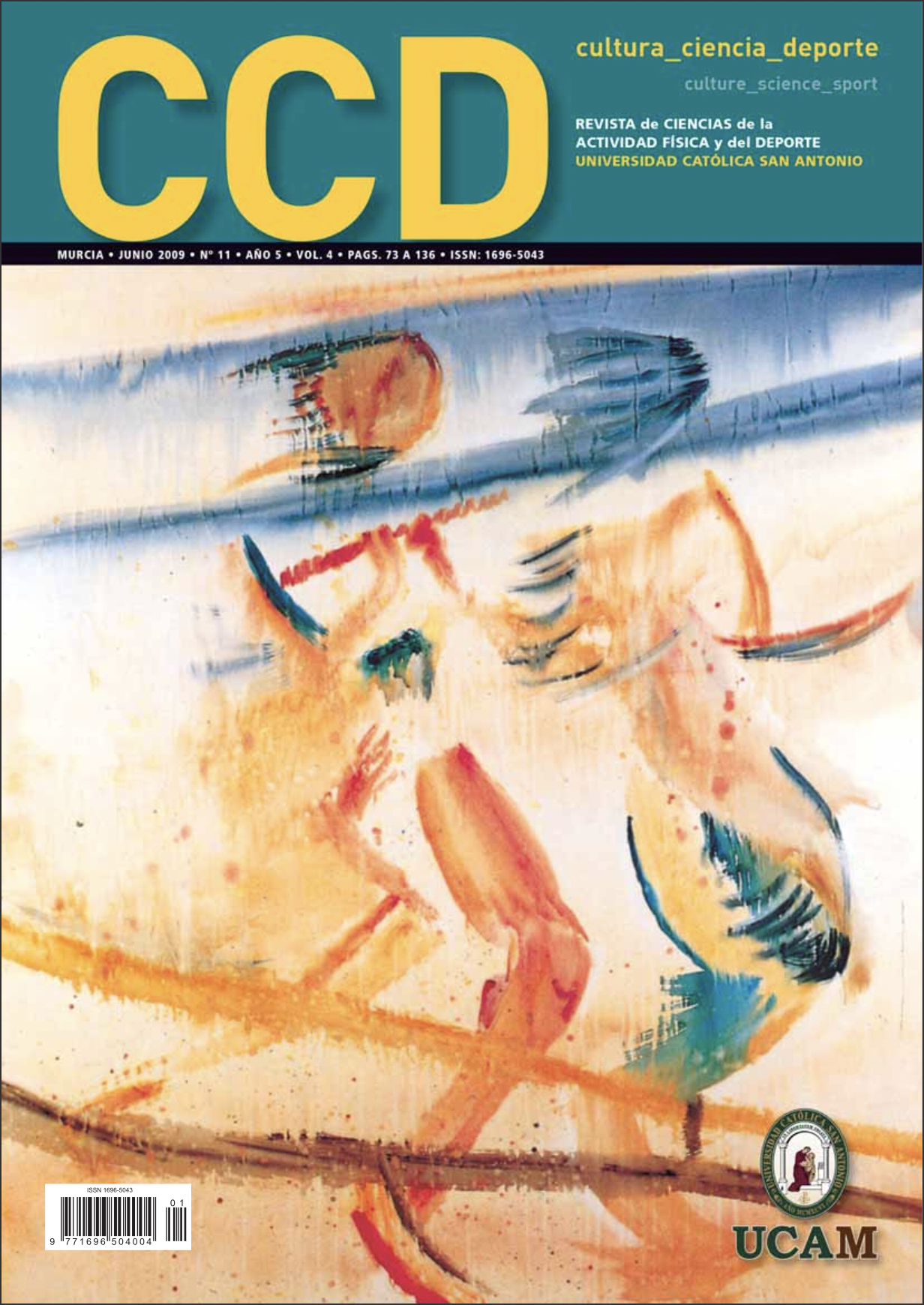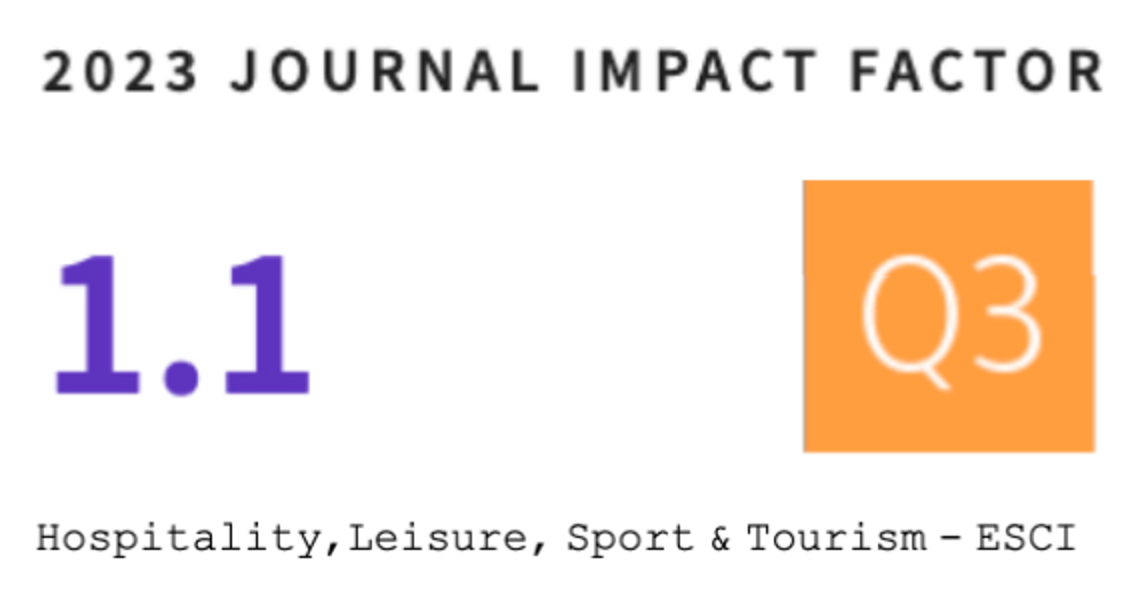El análisis textural mediante las matrices de co-ocurrencia (GLCM) sobre imagen ecográfica del tendón rotuliano es de utilidad para la detección cambios histológicos tras un entrenamiento con plataforma de vibración. (Textural Analysis by Means of a Grey Level Co-Occurrence Matrix Method on Patellar Tendon Ultrasonography is Useful for the Detection of Histological Changes after Whole-Body Vibration Training).
DOI:
https://doi.org/10.12800/ccd.v4i11.136Abstract
Introducción: Las matrices de co-ocurrencia del nivel de gris (GLCM) son útiles para el análisis textural de imágenes ya la discriminación de patrones pero hasta ahora no se han aplicado sobre imágenes ecográficas del tendón. Objetivo: Análisis textural ecográfico del tendón rotuliano. Método: Estudio longitudinal analítico con 16 sujetos (8 mujeres y 8 hombres) jóvenes, sanos y sedentarios entrenados con una plataforma de vibración vertical (Fitvibe Medical) 2 días x 14 semanas. Se tomaron cortes ecográficos transversales del tendón rotuliano antes y después del entrenamiento con un ecógrafo Sonosite-180 (Lineal 5-10 MHz). Mediante el algoritmo GLCM de Image J v1.38 se calcularon las variables texturales Uniformidad (ASM), Contraste, Correlación, Homogeneidad (IDM) y la Entropía para cuatro orientaciones (0º, 90º, 180º y 270º) y tres distancias (d=1, 5 y 10 px). Se aplicó la prueba de Wilcoxon (i.c.95%) para muestras relacionadas (SPSS 15.0). Resultados: la Entropía (d=5) fue la más sensible a los cambios texturales; quizá la variable ASM, pueda resultar también de interés junto con el Contraste. Conclusiones: Ante la falta de referencias con el uso de la GLCM en el análisis textural de ecografía de tendón son necesarios más análisis que estudien cómo afectan los distintos parámetros a las variables texturales, cómo se relacionan entre sí y cuáles pueden ser los mejores ajustes del algoritmo para detectar cambios en el patrón textural.
Palabras clave: Matrices de co-ocurrencia de nivel de gris, textura, tendón ecografía, vibración de cuerpo completo.
===
Abstract
Introduction: Co-occurrence grey level matrix (GLCM) is a textural analysis method that have been useful to discriminate patterns, but no used on tendon ultrasound image. Objective: Textural analysis of patellar tendon ultrasonograph. Method: Longitudinal analytic study with 16 subjects (8 women and 8 men) young, healthy and sedentary people with training by means wholebody vibration platform (Fitvibe Medical) for 2 days x 14 weeks. Cross-sectional of patellar tendon ultrasonographics were taken with a Sonosite-180 ultrasonograph (L 5-10 MHz). By means GLCM algorithm of Image J v1.38 it were calculated five textural parameters: Uniformity (ASM), Contrast, Correlation, Homogeneity (IDM) and Entropy in four orientations (0º, 90º, 180º and 270º) and three distances between pixels (d=1, 5 and 10 pixels). Wilcoxon test (C.I. 95%) for related samples was applied (SPSS 15.0). Results: Entropy (d=5) was the most sensible to detect textural changes; perhaps ASM and Contrast can be also useful. It seems that distances between pairs of pixels that the algorithm uses affects the results. Conclusions: The use of GLCM in the textural analysis of tendon ultrasonography is innovating and it appears like a useful tool as much to evaluate the histological evolution of tendon tissue, like coming up and detecting future pathologies precociously. But more analyses will be necessary to study how different parameters affect texture and how they are related to each other and which can be the best adjustments of the algorithm to detect changes in textural patterns.
Key Words: Grey Level Co-Occurrence Matrix. Textural Analysis. Tendon. Ultrasonography. Whole- Body Vibration.
Downloads
How to Cite
Issue
Section
License
The authors who publish in this journal agree with the following terms:
- The authors retain the copyright and guarantee the journal the right to be the first publication of the work as well as licensed under a Creative Commons Attribution License that allows others to share the work with recognition of the authorship of the work and the initial publication in this journal.














